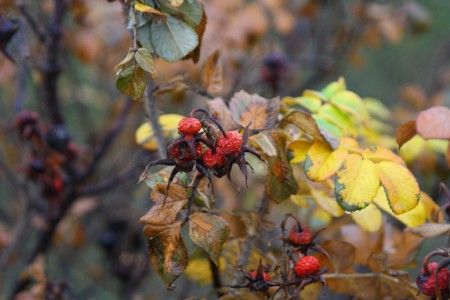
Forest management is an area where climate-related challenges are considerable, particularly insofar as they relate to other ongoing developments. A case in point is forest fires. At one point, the ecological view was that fire suppression was beneficial for forest ecosystems. Now, it seems that the tide of opinion has shifted to the belief that fires have an important role to play in regulating forests. For instance, they are important for the propagation of giant redwoods (Sequoiadendron giganteum). Fires both clear the underbrush of plants that compete with the redwoods and cause redwood cones to open and release seeds. Also, the suppression of fires in British Columbia has increased the proportion of aged pine trees, which are more vulnerable than young ones to mountain pine beetle.
At the same time as fires are being recognized as an important natural element in forest life, we know that climate change is causing more and worse fires in North America, and will continue to do so. Should we step back from fire management, in the hope that fires will bolster biodiversity and resilience, or should we be more active in suppressing fires, so as to partially balance-out the warming effect of our emissions?
This touches upon a related question for conservation lands: namely, how should we respond to shifting biomes in parks? If a northern park like the Wapusk National Park in Manitoba seems likely to transition from taiga and tundra to boreal forest, should those charged with protecting it try to resist that change? The same question arises in relation to parks like Prince Albert National Park in Saskatchewan, where a transition from boreal forest to savannah and woodlands seems likely. It is entirely possible that nothing meaningful can be done to slow or stop the transition, but the possibility of doing so raises the question of what it means to protect nature in an era where no corner of it is unaffected by human activities.
One thing that we should certainly consider is doing a lot less monoculture planting. Regardless of whether the threat in question is weather, pests, or disease, a forest that contains a mixture of plant and animal species will be more resilient than one containing only a few. Hopefully, that is one of the major lessons that will be drawn from the ongoing mountain pine beetle outbreak in B.C.





